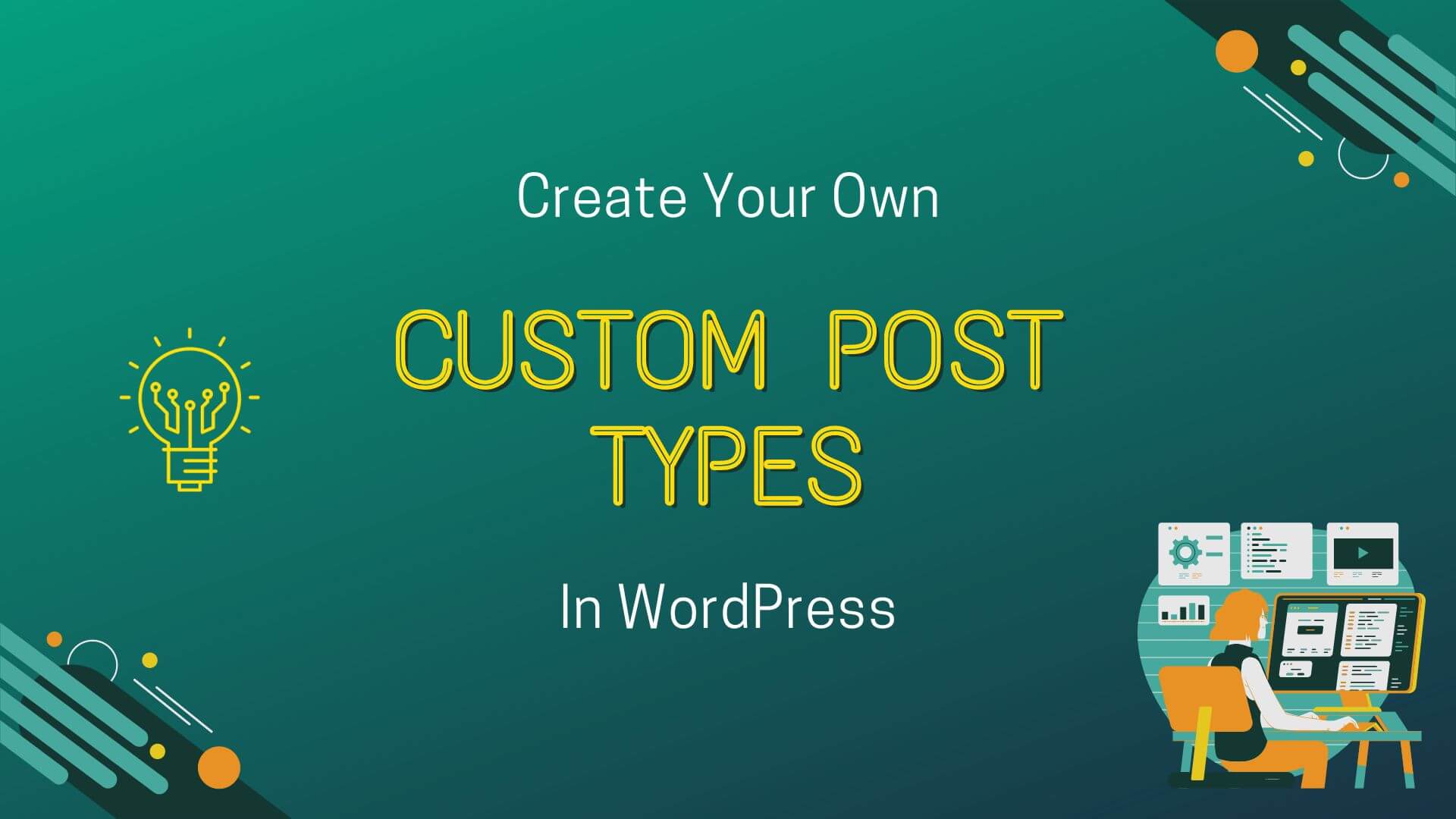Mastering Custom Post Types and Taxonomies

WordPress, renowned for its flexibility, allows developers to go beyond standard blog posts and pages by introducing Custom Post Types (CPTs) and Taxonomies. Mastering these powerful features opens up a realm of possibilities for creating diverse content structures tailored to your website’s needs. In this comprehensive guide, we’ll delve into the world of Custom Post Types and Taxonomies, exploring their creation, customization, and seamless integration into your WordPress site.
Understanding Custom Post Types:
What are Custom Post Types?
In WordPress, post types define the nature of content. While the default post types include “post” and “page,” Custom Post Types enable you to define your own content structures. This flexibility is particularly useful for organizing diverse content such as portfolios, events, testimonials, or any other specialized content.
Creating Custom Post Types:
1. Functions.php Approach:
To register a Custom Post Type, you can utilize the register_post_type() function within your theme’s functions.php file. Below is a basic example for creating a “Portfolio” post type:
function register_portfolio_post_type() {
register_post_type('portfolio',
array(
'labels' => array(
'name' => __('Portfolios'),
'singular_name' => __('Portfolio'),
),
'public' => true,
'has_archive' => true,
'supports' => array('title', 'editor', 'thumbnail'),
)
);
}
add_action('init', 'register_portfolio_post_type');2. Custom Post Type Plugins:
Alternatively, you can use plugins like Custom Post Type UI or Pods to create and manage Custom Post Types through a user-friendly interface within the WordPress admin dashboard.
Customizing Custom Post Types:
Once created, Custom Post Types can be further customized to suit your specific requirements.
1. Adding Custom Fields:
Utilize plugins like Advanced Custom Fields (ACF) or use built-in functions to add custom fields to your Custom Post Types. Custom fields enhance the data stored with each post, providing additional information for display.
2. Customizing Archive Pages:
Modify the archive pages for your Custom Post Types by creating custom templates. For instance, you can create a archive-portfolio.php file to control how portfolio items are displayed on the archive page.
<?php
get_header();
if (have_posts()) :
while (have_posts()) : the_post();
// Display each portfolio item
endwhile;
endif;
get_footer();
?>Understanding Taxonomies:
What are Taxonomies?
Taxonomies are a way to organize and categorize content. WordPress includes built-in taxonomies like “Categories” and “Tags.” With Custom Taxonomies, you can create additional classification systems for your content.
Creating Custom Taxonomies:
1. Functions.php Approach:
Registering a Custom Taxonomy follows a similar process to Custom Post Types. Below is an example for creating a “Project Type” taxonomy:
function register_project_type_taxonomy() {
register_taxonomy(
'project_type',
'portfolio',
array(
'label' => __('Project Types'),
'hierarchical' => true,
'rewrite' => array('slug' => 'project-type'),
)
);
}
add_action('init', 'register_project_type_taxonomy');2. Taxonomy Plugins:
As with Custom Post Types, you can use plugins like Custom Post Type UI or Toolset Types to manage Custom Taxonomies through the WordPress admin.
Integrating Custom Post Types and Taxonomies:
1. Creating Relationships:
Establish relationships between Custom Post Types and Taxonomies. For example, associate the “Portfolio” Custom Post Type with the “Project Type” Custom Taxonomy to categorize portfolio items.
function register_project_type_taxonomy() {
register_taxonomy(
'project_type',
'portfolio',
array(
'label' => __('Project Types'),
'hierarchical' => true,
'rewrite' => array('slug' => 'project-type'),
)
);
}
function register_portfolio_post_type() {
register_post_type('portfolio',
array(
'labels' => array(
'name' => __('Portfolios'),
'singular_name' => __('Portfolio'),
),
'public' => true,
'has_archive' => true,
'supports' => array('title', 'editor', 'thumbnail'),
'taxonomies' => array('project_type'),
)
);
}
add_action('init', 'register_project_type_taxonomy');
add_action('init', 'register_portfolio_post_type');2. Displaying Custom Post Types with Taxonomies:
Modify your theme templates to display Custom Post Types with associated taxonomies. Use custom queries or leverage built-in WordPress functions like get_terms() and wp_get_post_terms().
<?php
$project_types = get_terms('project_type');
foreach ($project_types as $project_type) {
echo '<h2>' . $project_type->name . '</h2>';
$portfolio_items = new WP_Query(array(
'post_type' => 'portfolio',
'tax_query' => array(
array(
'taxonomy' => 'project_type',
'field' => 'slug',
'terms' => $project_type->slug,
),
),
));
if ($portfolio_items->have_posts()) :
while ($portfolio_items->have_posts()) : $portfolio_items->the_post();
// Display each portfolio item
endwhile;
endif;
wp_reset_postdata();
}
?>Conclusion:
Mastering Custom Post Types and Taxonomies in WordPress empowers you to create highly customized content structures, enhancing the organization and display of your website’s information. As you explore these features, experiment with different configurations and integrate them seamlessly into your theme’s design. By combining Custom Post Types and Taxonomies effectively, you can take your WordPress website to new levels of customization and user engagement. Happy coding!



